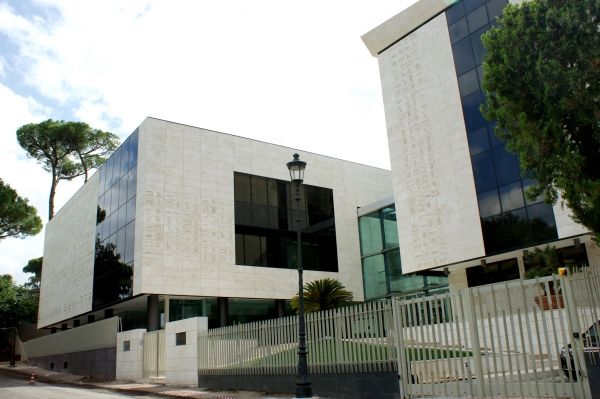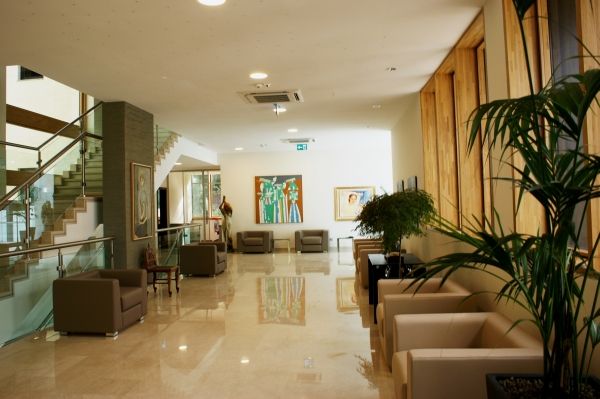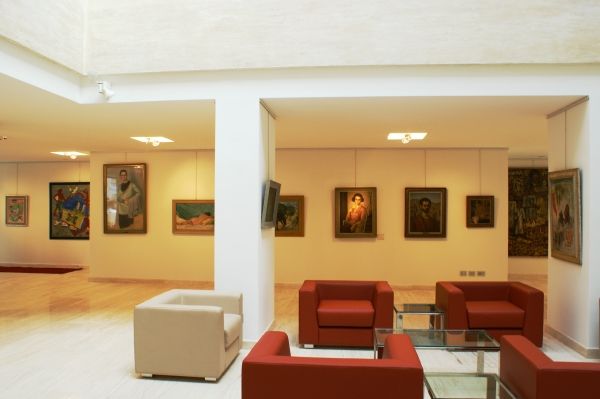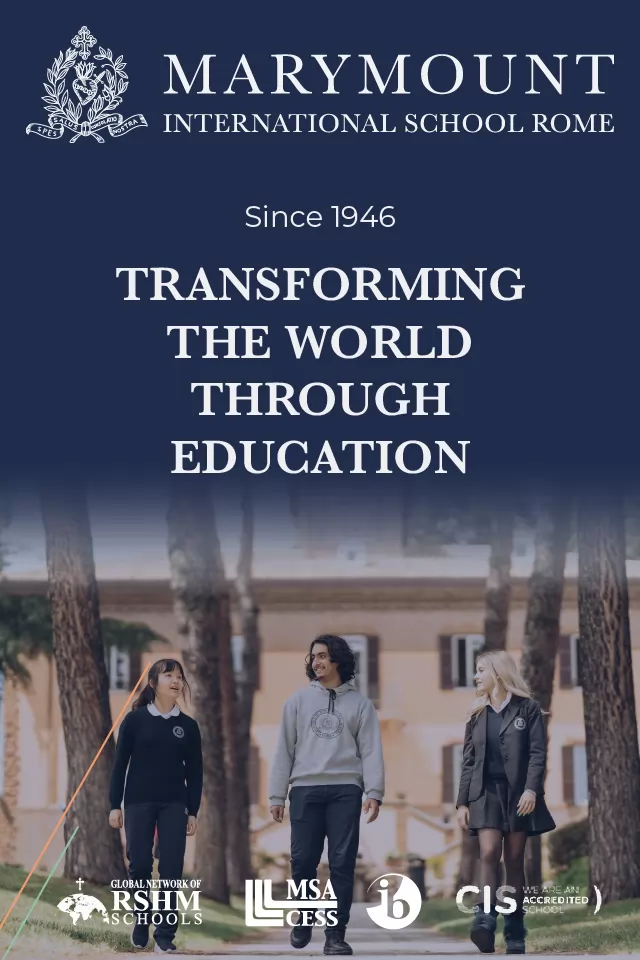Due to open to the public in mid-November, it is immediately evident that no expense has been spared on the luxurious new vision of the Egyptian Academy in Rome by Egyptian architect (and former academy resident) Hatem Said and Italian consultancy firm Quasar. After a two-year programme of restructuring works costing €8 million, the academy was officially inaugurated by Egyptian president, Hosni Mubarak, and Italian prime minister, Silvio Berlusconi, on 23 September. Among the guests were the cultural ministers from both countries – Italy’s Sandro Bondi and Egypt’s Farouk Hosni, a former academy director in the 1980s.
Inside the buildings, each room has been completely redesigned while the décor was selected by the academy’s debonair director himself, Ashraf Reda. With an award-winning career behind him in interior design, the revamp of the academy has been a labour of love for Reda. As the last workmen hang the academy’s collection of 20th-century paintings on the freshly-painted walls, Reda states that the new design mixes heritage with modernism and is reflective of the best in Egyptian art and culture.
Since his arrival in 2008, Reda has overseen the extensive renovations, which include the addition of a 220-sqm Egyptian museum, the first of its kind in Rome. Although it is housed within Egyptian property, it is Egypt’s first specifically designated museum in a foreign country. Divided into four sections, the permanent exhibition, The Golden Ages of Egypt: Continuity and Change, presents highlights of the Pharoahic, Greek-Roman, Coptic Christian and Islamic eras.
The approximately 200 items on show are among Egypt’s prized antiquities and include a life-sized statue of the pharaoh Khafre from the fourth dynasty, Tutankhamun’s canopic coffinette, an enormous edition of the Qur’an with gold-decorated pages, the sphinx of Tohotmus III and a varnished sarcophagus. In one corner is the embalmed casket of the mummy of Sambathion while in another is a long unrolled papyrus scroll, in perfect condition, dating from 1,500 BC.
Located in the basement of the building, the museum’s dimly-lit surroundings combined with its glowing exhibits add to the mysterious feeling of stepping back into another world. The priceless artefacts were selected from Cairo’s Egyptian Museum as well as the Coptic, Islamic and ceramic museums, by the minister for culture and the prominent archaeologist and secretary general of the supreme council of antiquities, Zahi Hawass.
The academy’s new design contrasts contemporary with ancient: the once drab grey exterior is replaced with an impressive and beautiful façade of brown tinted glass and soft-ochre Travertine marble, and, although it will be unintelligible to the vast majority of visitors, there is a message behind the imposing hieroglyphic text that covers the academy’s front. These are the words of Petah Hotop the Egyptian sage from 2,600 BC, who instructed his son: “Do not be proud of your knowledge: consult the ignorant as you would the wise.”
Its state-of the-art facilities include a hi-tech library with 10,000 books, a restaurant, a 200-seat cinema/theatre, ten artists’ studios and a gallery of important Egyptian paintings from the 1940s and 1950s. On display on the first floor is a selection of heavily-stylised replicas of ancient Egyptian statues, commissioned by King Farouk who died in Rome in 1965 while in exile.
The principal objective of the academy is the promotion of Egyptian and Arabic culture in Italy, as well as welcoming ten selected Egyptian students of art who reside there for up to two-year periods of study. Artistic events take place throughout the year including contemporary Egyptian art exhibitions, lectures, Egyptian films and theatrical productions.
The academy’s history dates to 1924, when the celebrated Egyptian expressionist painter Ragheb Ayad, then in his early 30s, wrote to his government in Cairo. The letter read: “There are academies in Rome that welcome fine art students to support their studies; these academies are housed in grand buildings with studios for each art form, and all expenses to support the institution are fully subsidised by the government. At the end of the year there is an exhibit for the artists of each academy to show their work. This exhibition is opened by the King of Italy and his ministers. I am therefore asking you to intercede with our government to found a similar institution in Rome, to house Egyptian artists who, after completing their studies in our home country, wish to further their knowledge of arts in Rome.” Ayad’s concept struck a chord with the government, which formulated a decree for the academy’s establishment.
In 1929 two architects, two sculptors and painter Ragheb Ayad became the academy’s first artists in residence. A sizable portion of their expenses was provided by Egyptian patron of the arts and founder of Cairo’s School of Fine Arts, Prince Youssef Kamal. The academy was initially housed at the Padiglione dell’Orologio in Villa Borghese’s Piazza di Siena before transferring to the Colle Oppio near the Colosseum.
30 years later construction work began on land donated by Italy to Egypt. The site was on Via Omero, directly opposite the British School at Rome and beside the Belgian Academy. In January 1966 the new Egyptian Academy opened its doors. To commemorate the event, Italian authorities named a nearby square in Villa Borghese in honour of the great Egyptian poet Ahmed Shawqi (1868-1932). Egypt acknowledged the gesture by gifting a large bronze statue of Shawqi by sculptor Gamal Segini, which stands in the square to this day.
Big celebrations have been timed to coincide with the relaunch of the academy, which include several seminars on Egyptian history and culture. In addition there will be exhibitions of work by Egyptian artists such as Seif and Adham Wanli, Mahmoud Said, Taheya Halim, Hamed Nada, Margaret Nakhla, and most fittingly of all, the man who wrote that letter in 1924, Ragheb Ayad.
Andy Devane
Egyptian Academy in Rome, Via Omero 4, tel. 063201896, www.accademiaegitto.com.

























